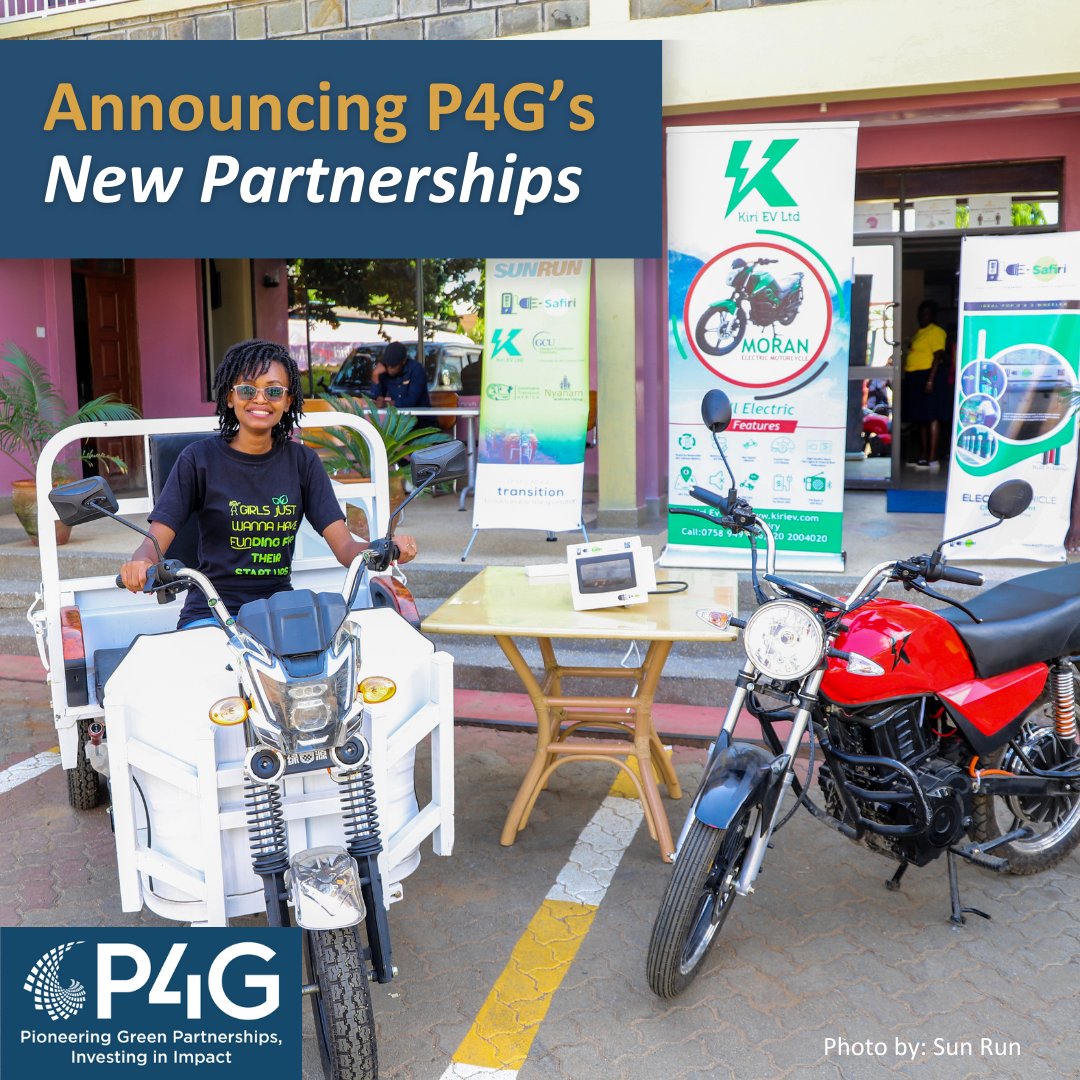Understanding Public-Private Partnerships
Public-private partnerships (PPPs) in the e-mobility sector involve collaboration between government agencies and private-sector companies to finance, build, and operate projects that promote electric mobility solutions, such as electric vehicle (EV) charging networks, electric public transportation systems, and related infrastructure. Through these collaborations, government programs can move towards e-mobility on a large scale by utilizing private resources and expertise. Public-private partnerships in e-mobility are especially effective when public-sector incentives are combined with private-sector innovation and technology.
The Need for Public-Private Partnerships in E-Mobility
1. Infrastructure Development
One of the most significant barriers of e-mobility adoption is the lack of charging infrastructure. Establishing a vast and reliable network of charging infrastructure requires significant resources and planning. PPPs can help address this challenge. Governments can oversee the process, offer grants, and provide tax breaks, while businesses can contribute resources such as knowledge and expertise.
2. Technological Advancements
Research and development must be a priority given the rapid advancements in smart grid integration. Through PPPs, governments can fund research initiatives and pilot projects, while private companies can bring technological advancements. Collaborative efforts in Research and Development can lead to breakthroughs in the e-mobility sector, especially in developing countries.
3. Financial Models and Risk Sharing
The transition to e-mobility involves significant financial risks, particularly in the early stages of infrastructure development and market penetration. PPPs enable risk-sharing between public and private entities. Governments can mitigate financial risks by providing low-interest loans, or grants, while private companies can leverage their expertise in project management and operational efficiency to ensure the viability and sustainability of e-mobility projects.
Successful Examples of PPPs in E-Mobility
Several successful PPPs around the world highlight the potential of such collaborations in advancing e-mobility.
1. Netherlands' Public-Private E-Mobility Program
The Dutch government partnered with private companies to develop a nationwide charging infrastructure, resulting in one of the highest densities of charging points per capita in the world. This initiative included subsidies for charging station installation and tax incentives for EV buyers, significantly boosting e-mobility adoption.
2. California's Zero-Emission Vehicle (ZEV) Program
In California, a strong PPP framework supports the ZEV mandate, which requires automakers to produce a certain percentage of zero-emission vehicles. The state provides rebates and grants, while private companies invest in EV production and charging infrastructure, creating a robust e-mobility ecosystem.
3. India's FAME Scheme
The Faster Adoption and Manufacturing of Electric Vehicles in India (FAME) scheme involves collaboration between the Indian government and various private companies. The program offers subsidies for EV purchases and supports the development of charging infrastructure, helping to drive e-mobility in one of the world's largest automotive markets.
PPPs play a crucial role in developing nations such as Kenya, where e-mobility is still in its early stages of development. Kenya can advance the implementation of e-mobility and capitalize on its many advantages by cultivating collaborations that capitalize on both governmental support and private innovation. The Kenyan government has the ability to start policies that offer financial incentives for the purchase of EVs and investments in charging infrastructure. Government initiatives are crucial. To successfully pilot and scale these initiatives, working with private companies will be essential. Furthermore, community engagement is a key component of successful PPPs in e-mobility, as it fosters acceptance and awareness of e-mobility solutions. Stakeholder consultations and public education campaigns can guarantee that the advantages of e-mobility are widely recognized and accepted, eventually promoting a more sustainable and effective transportation future for Kenya.
Conclusion
In this journey towards advancing e-mobility, it is important for public-private partnerships to provide the required facilities, technology, and regulatory support required for driving such a transition. Through bringing together the advantages of the public and private sectors, public-private partnerships can lift off over fiscal, technical, and social barricades hence setting a stage for a green and holistic approach future in e-mobility. In their move towards embracing e-mobility, nations like Kenya must build effective PPPs for them to accomplish their goal.
Featured
Esafiri in Kisumu County Link
References
Collantes, G., & Sperling, D. (2008). The origin of California’s zero emission vehicle mandate. Transportation Research Part A: Policy and Practice, 42(10), 1302-1313.
Gulati, N. (2022, November). I's FAME scheme and its extension–A real booster for electric vehicle industry. In AIP Conference Proceedings (Vol. 2452, No. 1). AIP Publishing.
Jindel, J., & Jose, D. (2022). Innovative PPP models in urban mobility sector: A case study of three Indian cities. WAPPP Journal 2022.
Parvathappanavar Suresh, A. (2020). Strengthening the charging infrastructure for promoting E-mobility in the Netherlands (Master's thesis, University of Twente).
